Sport by Numbers – Eggs & Love
It doesn’t matter which sport you watch; each one has a target that must be achieved, and they all use numbers and arithmetic to determine the winner. Here are some of them.
Simple accumulation – the highest number wins
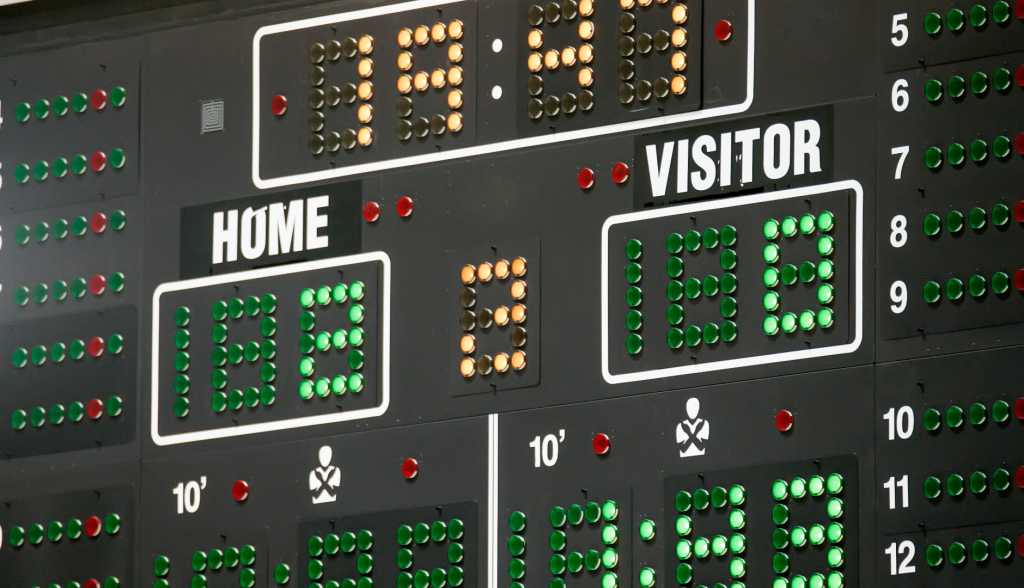
The most basic form of scoring involves one point for each goal scored and the winner is the team or person with the highest score at the end of a match. Examples of these include football & hockey. In a tournament, each win is awarded a set number of points, for example, 3.
If this results in a tie at the end of the tournament, then the winner can be decided on goal difference. This is a simple addition & subtraction exercise. The total number of goals in each match for the team is added together and then the total number of goals against them is subtracted, resulting in the final goal difference. Incidentally, goal difference can be a positive or negative integer, but the player or team with the highest goal difference overall is the winner.
The measure of a sport
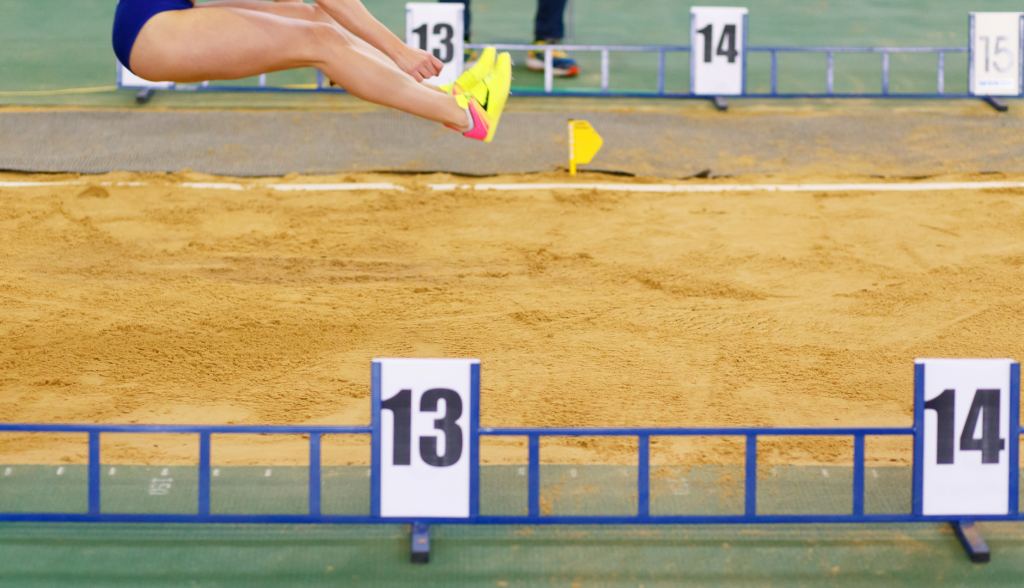
In some sports, the aim is to achieve the highest number, where this is measured by the greatest height or length achieved. Pole vault, discus, javelin, and triple jump are examples of sports that use this method.
How low can you go?
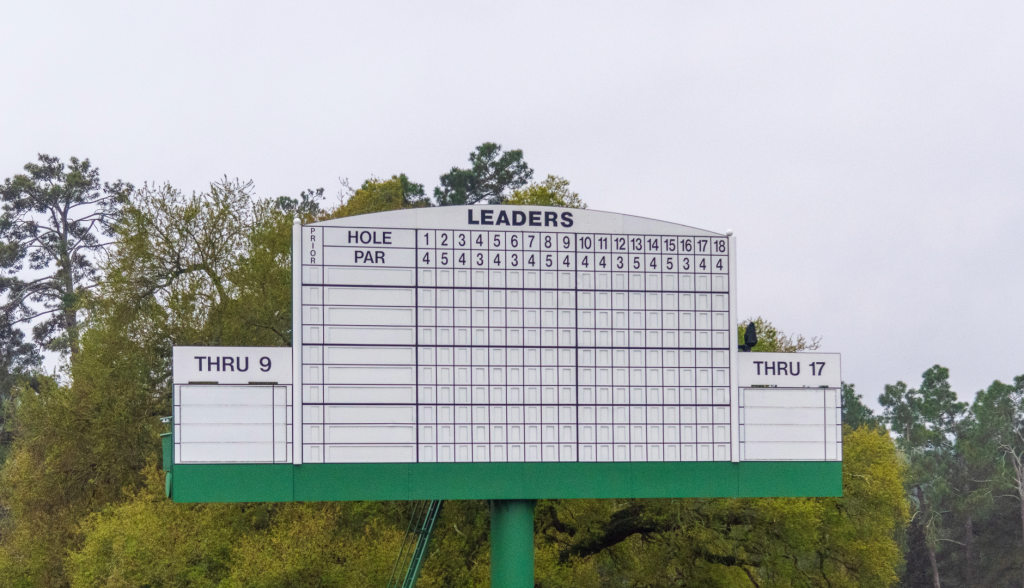
Golf, racing, and many athletic disciplines, including decide the winner of a tournament or race by ranking the competitors by score or time. In either case, the lowest is the winner.
Of course, there are plenty of sports that do not fit in the above categories, including rugby (both codes), Australian rules football, and American football. It is impossible to cover all of them, but there is one that is particularly unique… tennis!
Tennis – what’s love got to do with it?

In a tennis match, the scoring can be seen as a basic singular point system, with the number of games and then sets won. However, if you look closer at each individual game, you will notice that the scoring is more complicated.
The score starts, as expected, as 0-0, however, this is not called zero, but love. The first score is then 15, not 1 as you may expect. At this point, the umpire calls “love, fifteen” or “fifteen, love” depending on which player has scored. The next score is 30, so you may assume that the following point is 45, but it is 40. If the player on 40 wins the next point, then that is the game. If the players are tied on 40, it is called “deuce”, followed by “advantage”, and finally the game. Where the score is advantage to one player, but the other player wins the point, this returns the score to deuce and continues until a player reaches advantage & then wins the subsequent point.
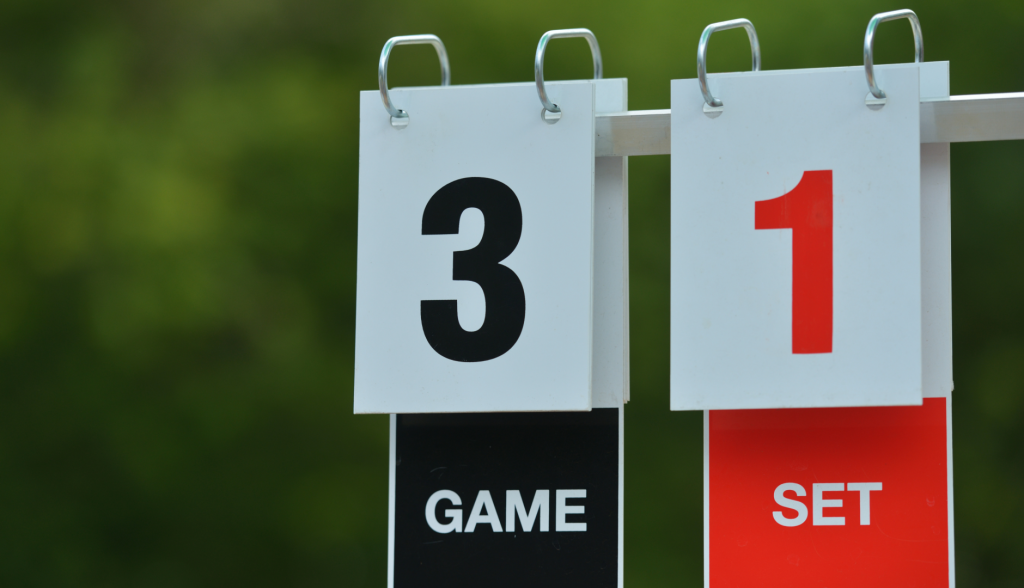
Once a game has been won, 6 games must be won by two clear games to win a set.
Depending on whether a match is the best of 5 (first to 3 sets) or the best of 3 (first to 2 sets) will determine when a player wins the match.
Confused yet?
Love and eggs!
Where did this strange terminology and scoring system come from? Why is the number 0 known as love and not simple zero? There is some debate as to the origins of this, but one popular suggestion is that it refers to the French term, l’oeuf, meaning, egg: the shape of the egg being the same shape as a zero.

Historians tend to agree that the traditional scoring system in use today dates right back to the early days of tennis.
Many sources quote that in an account of a tennis match between Henry V and the French Dauphin, a few years after the 1415 Agincourt Battle, there are many references to 15, 30 and 45.
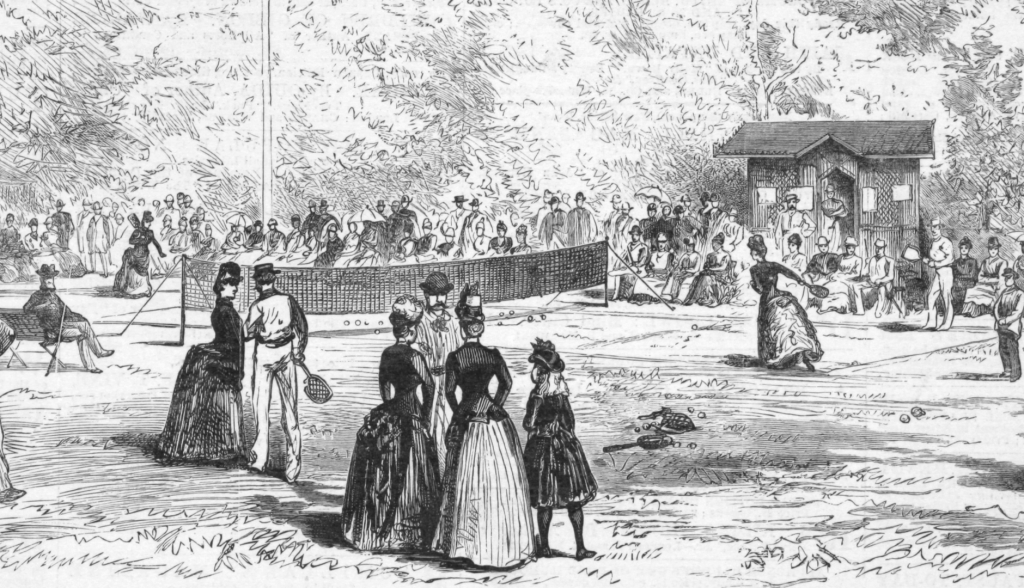
It is believed that tennis scores in the very early days were shown on two clock faces. As each person scored, the clock face was moved around one quarter or 15 minutes, from 15 to 30, then 45, and finally the win on 60.
Researchers think that the verbal declaration of ‘45’ was shortened to ‘40’ when clock faces stopped being used. As apparent proof, in the 1520s, Erasmus wrote “we’ve got 30, we’ve got 40”, when referring to a dialogue between two tennis players.
So there, you have it. Numbers are everywhere, but not always how we expect!

